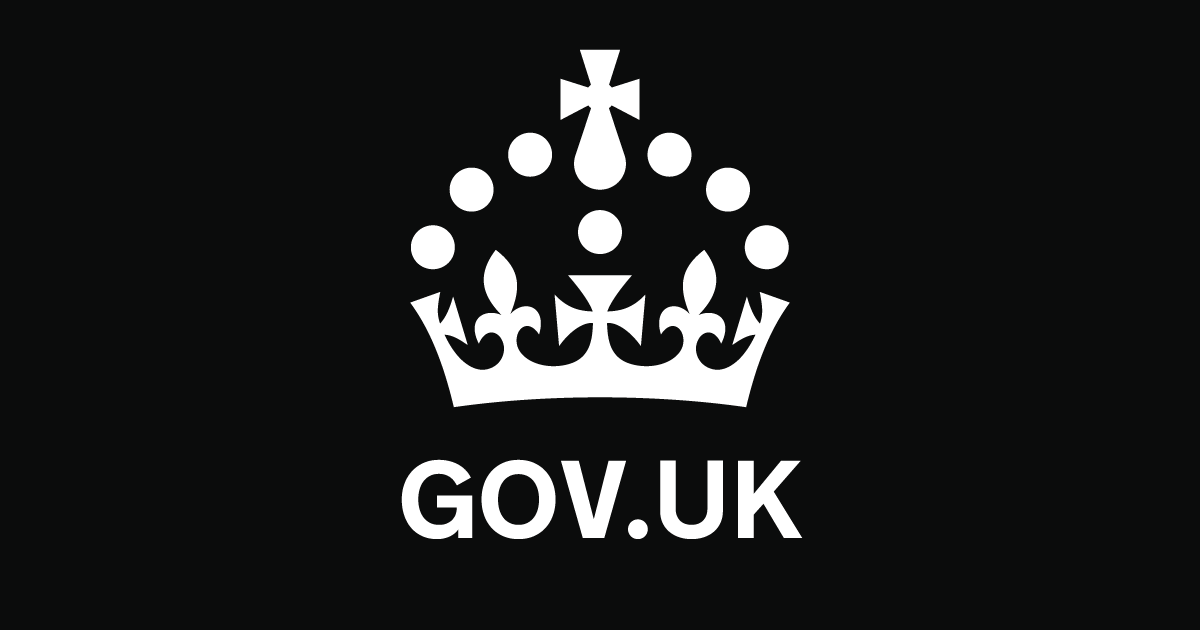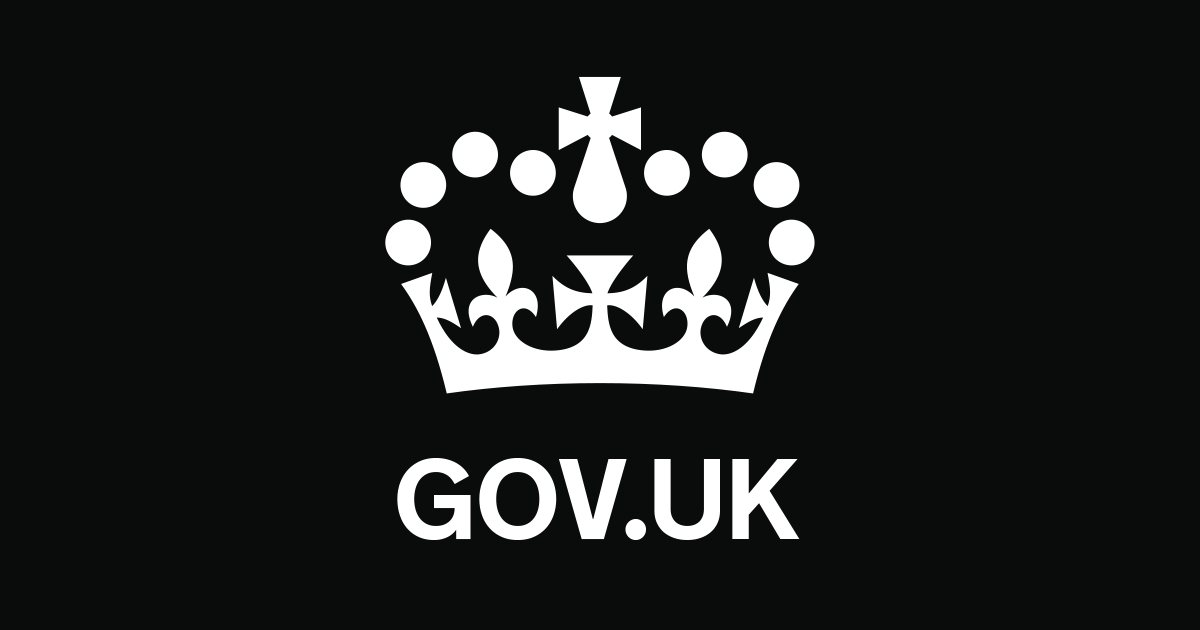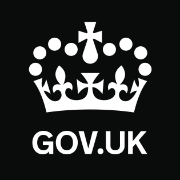Companies House
Let's talk trading name vs company name.
Let's say your trading name is your brand name.
Registering with Companies House does not protect your brand name from an IP (intellectual property) perspective.
It just prevents somebody else from registering your chosen name with Companies House.
If you need a limited company, you can register with Companies House under any company name (such as Your Name Enterprises). Your brand name then falls under the umbrella of the company name (your brand name essentially feeds into the accounts of the company name).
This prevents your Companies House registration and associated account filing from showing in search engine results pages under your brand name.
From a branding perspective, this is very important. You don't want to create a beautiful brand only for the .gov website to be the first result in Google search, showcasing all of your personal details (and all of the other naff company registration websites that will scrape your details for all to see).
👎 Forget about Companies House if you don't need a limited company.
🤔 If you do need a limited company, consider registering a company name that is not your trading (brand) name.
Trademarks (UK)
Before you start, understand there are sensitive words and expressions that require prior approval to use in a company or business name:

You don't necessarily need a trademark attorney to get your head around applying for a trademark and make a successful application. A trademark lasts 10 years and can be renewed without applying again.
A trademark is the highest level of protection for your name.
Trademarks are often overlooked, which is madness because if you enter a sector using a name that is the same or similar to one that is trademarked in that sector, you risk being forced to cease and desist.
I've seen it happen on more than one occasion.
To find the classes (these are a type of category and there are 45 in total) in which you will be trading, visit the UK Intellectual Property Office (enter keywords relating to your product or service. For example, 'consultancy' or 'clothing'):

Then run a search to determine if anybody has registered a similar name in that class (use the 'search by keyword' function):

If you get a match, check that the registered trademark is active. If it is, the business that registered the trademark may no longer exist, so do some digging.
If the business and the trademark appear active, it's still not necessarily game over. You may be able to exist in the same class if your products/services differ.
If you decide to apply for your trademark and the examining officer determines that your trademark is similar to an existing trademark, they will inform the owner of the existing trademark. The owner can then object. But they may not.
However, if a trademark exists that is the same or similar to the name you want to use, do you want to risk any form of confusion in the marketplace?
Applying is not particularly expensive. See here for prices:

I recommend using the Right Start application process:
👍 £200 for one class, plus £50 for each additional class (half paid up front and the remainder payable if you decide to go ahead with your application after the examiner has reviewed your application).
👍 You receive a brief report telling you if your application meets the rules or not.
👍 You are able to discuss your application with the examiner in the event of any issues with your application, and make any adjustments (adjustments can only apply to the specific classes related to your application and may be limited).
👍 You have 28 days to decide whether to continue.
See here to learn more, including domain names and social media handles.
A guide to legally protecting your business name
Learn how to protect your business name and why Companies House can't help you.

